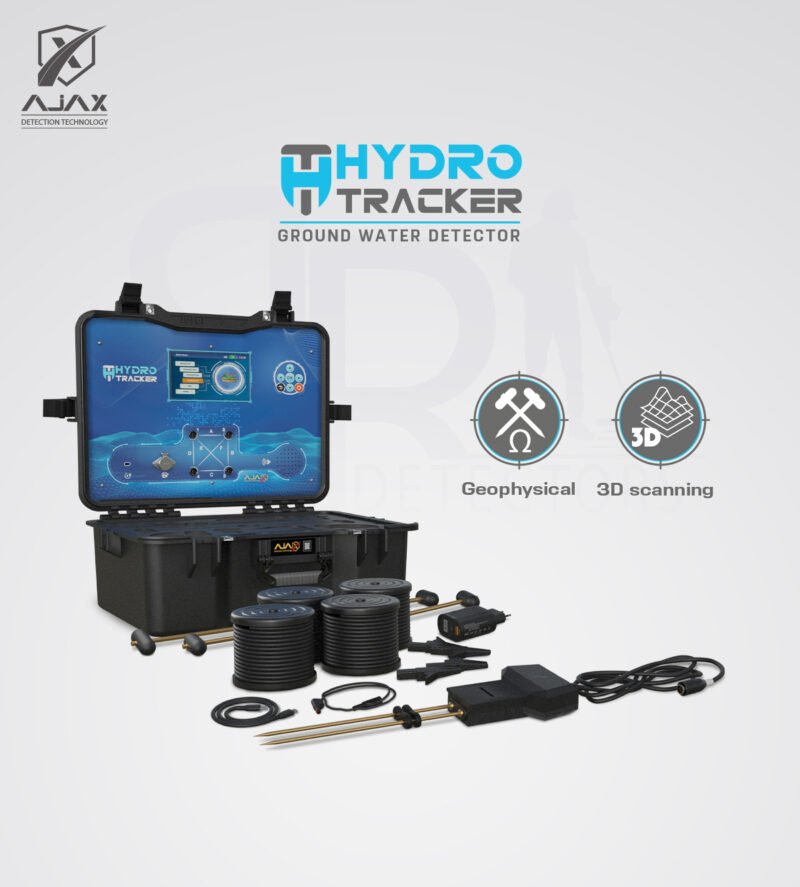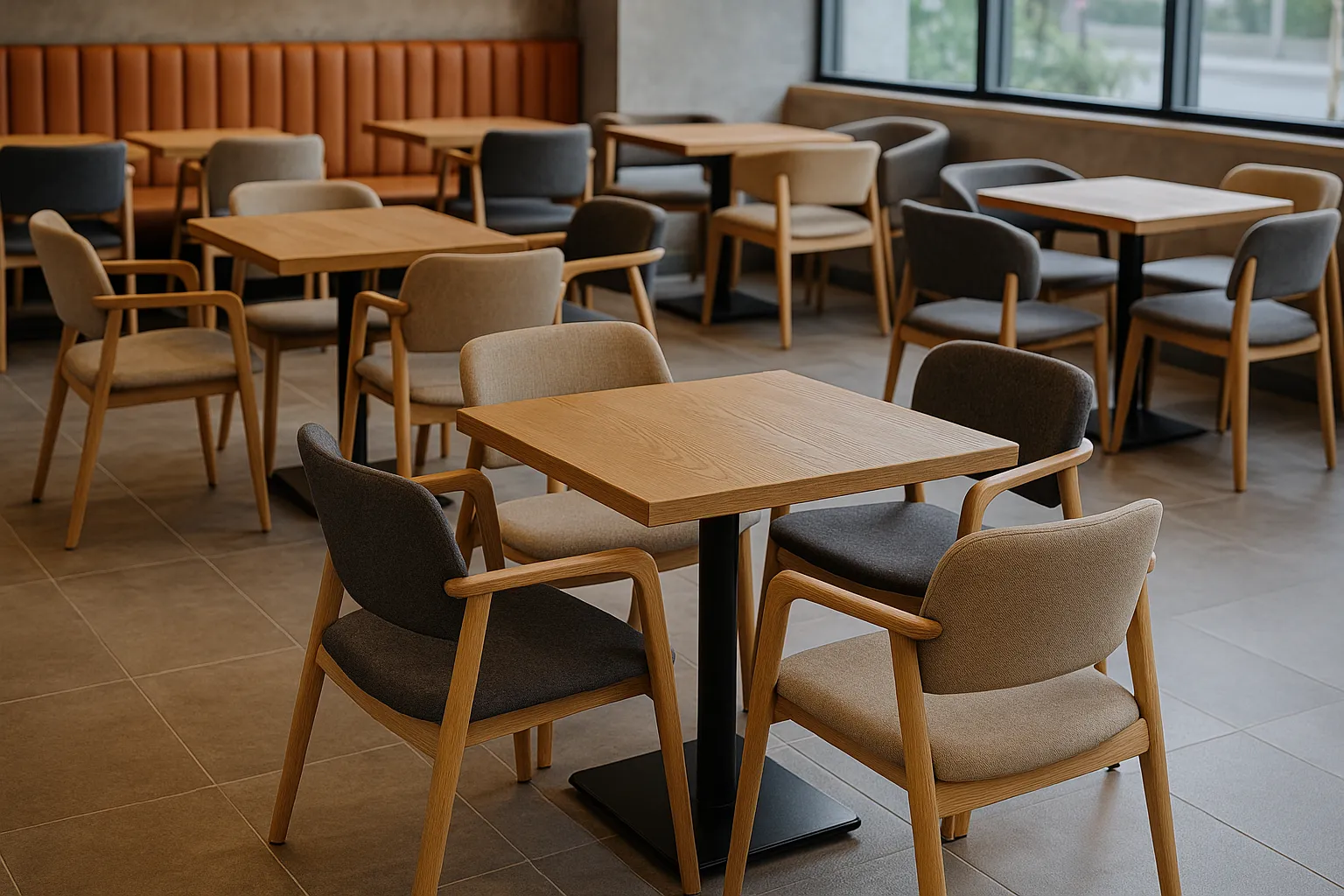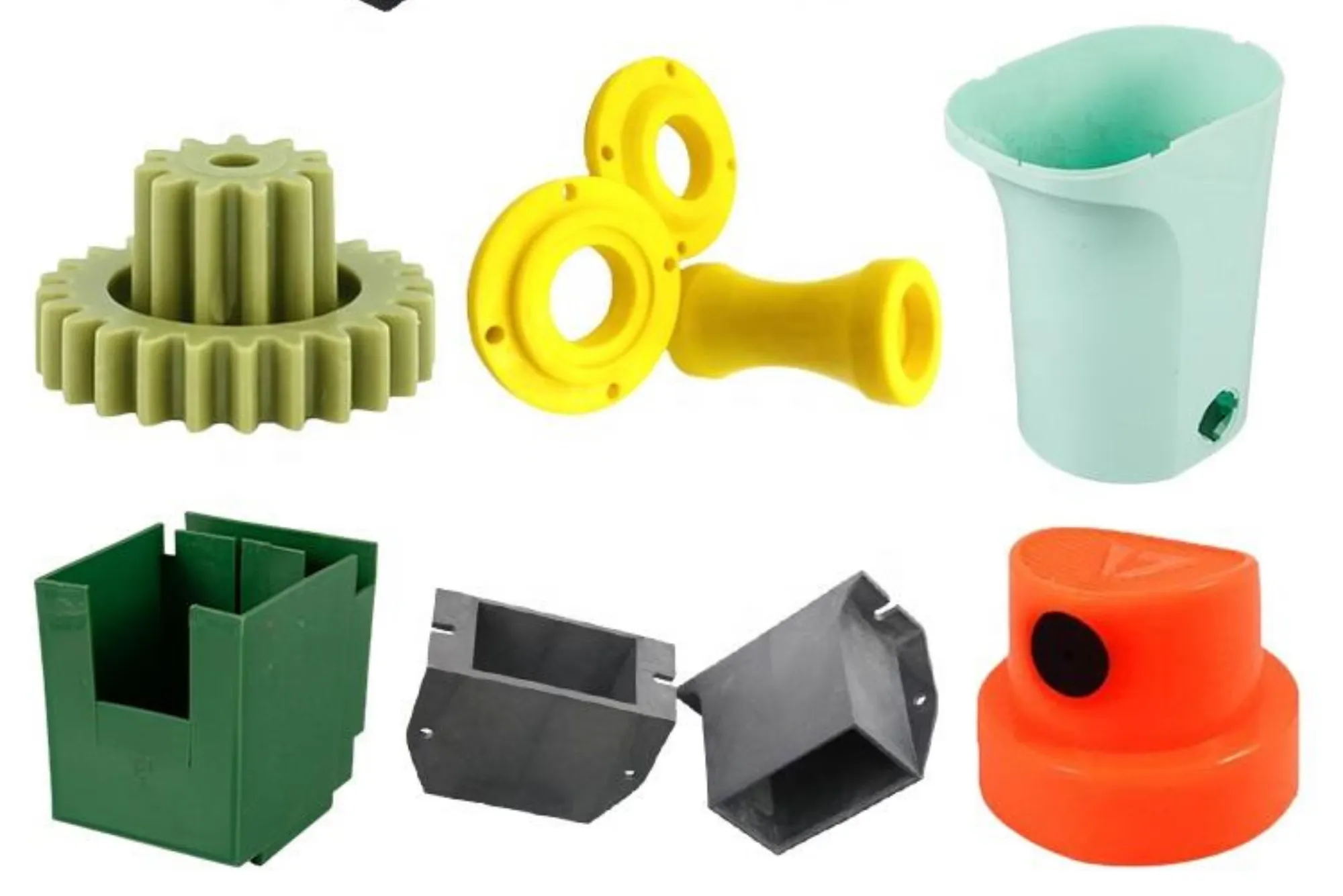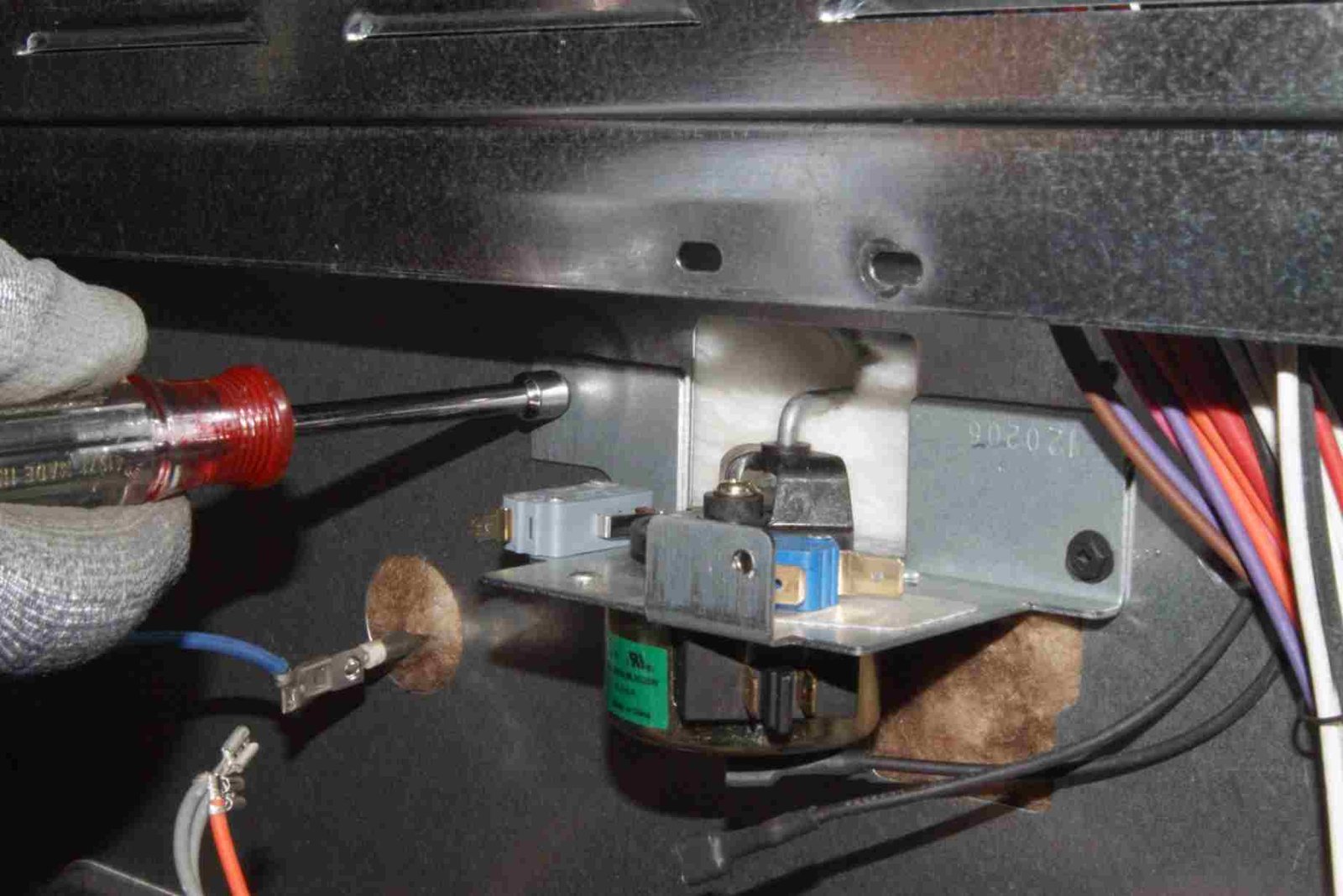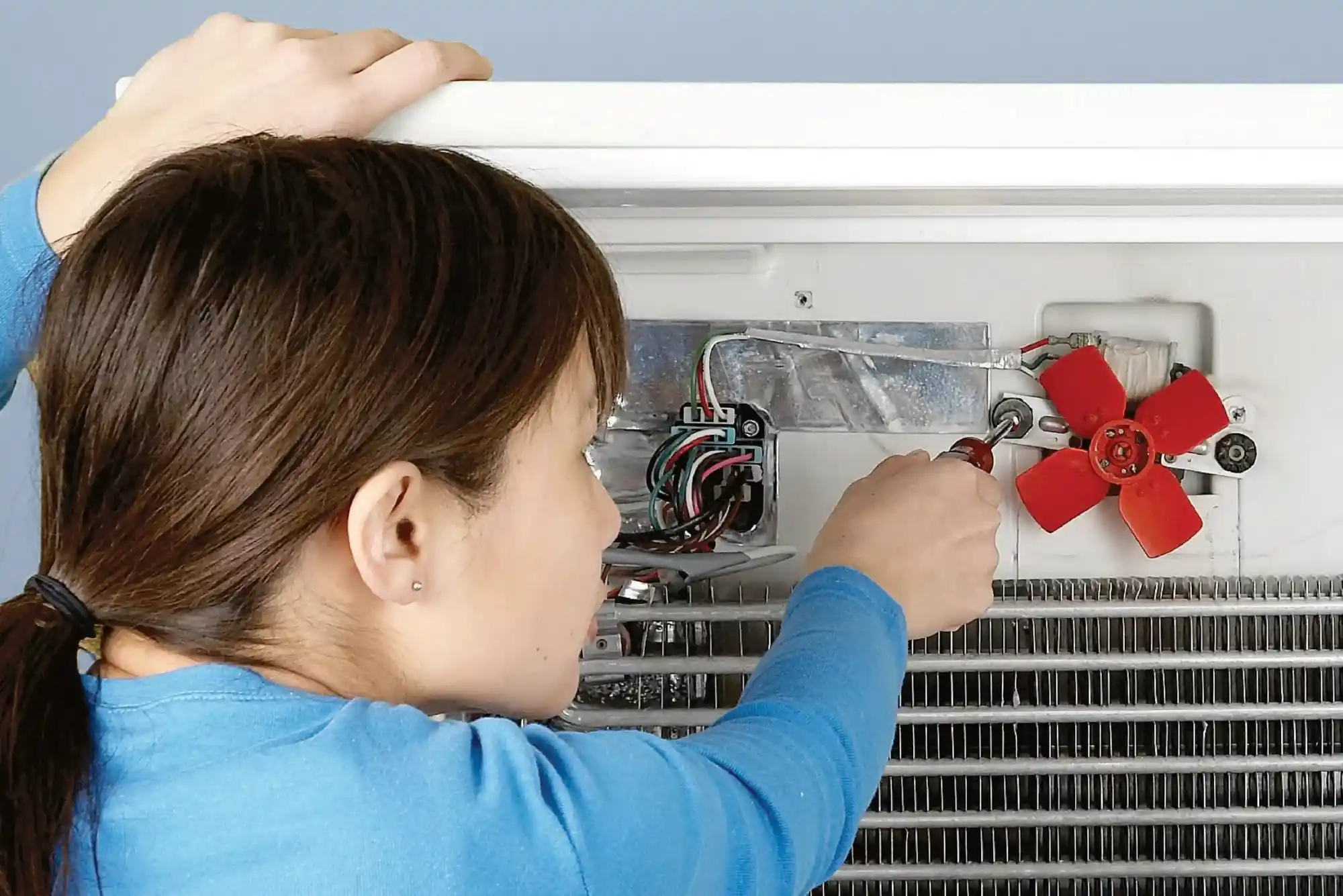In the ever-evolving field of robotics, Sorry Robots NLV has gained significant attention for its innovative approach to artificial intelligence (AI) and machine learning (ML). The name Sorry Robots NLV itself reflects a blend of technological sophistication with an anthropomorphic touch. The term “sorry” may suggest a human-like acknowledgment of mistakes, while “NLV” could indicate the integration of natural language processing, learning capabilities, or an abbreviation related to their specific technology.
These robots are at the forefront of developing autonomous systems that mimic human-like interactions. Whether you’re an enthusiast, researcher, or a company interested in robotics, understanding Sorry Robots NLV provides insights into the future of intelligent machines.
What Are Sorry Robots NLV?
Sorry Robots NLV refers to a cutting-edge category of robots designed to engage in interactive, human-like responses while performing complex tasks. These robots are typically equipped with natural language processing capabilities, machine learning algorithms, and autonomous decision-making systems. The “sorry” in their name suggests a unique ability to emulate empathy or apologize, an interesting leap in human-robot interaction.
The acronym NLV might be associated with various elements in robotics technology, such as:
- Natural Language Virtualization (NLV): This could refer to a system where robots understand, interpret, and generate human-like text and speech.
- Neuro-Linguistic Variation (NLV): This focuses on adapting to different linguistic inputs and making variations in responses based on context.
- Neural Learning Vehicle (NLV): This could represent an advanced machine learning system that enables the robot to learn and improve its functions over time.
These robots incorporate various technologies, such as sensors, vision systems, and AI-driven processors, allowing them to perform tasks autonomously and interact seamlessly with their environment.
Key Features of Sorry Robots NLV
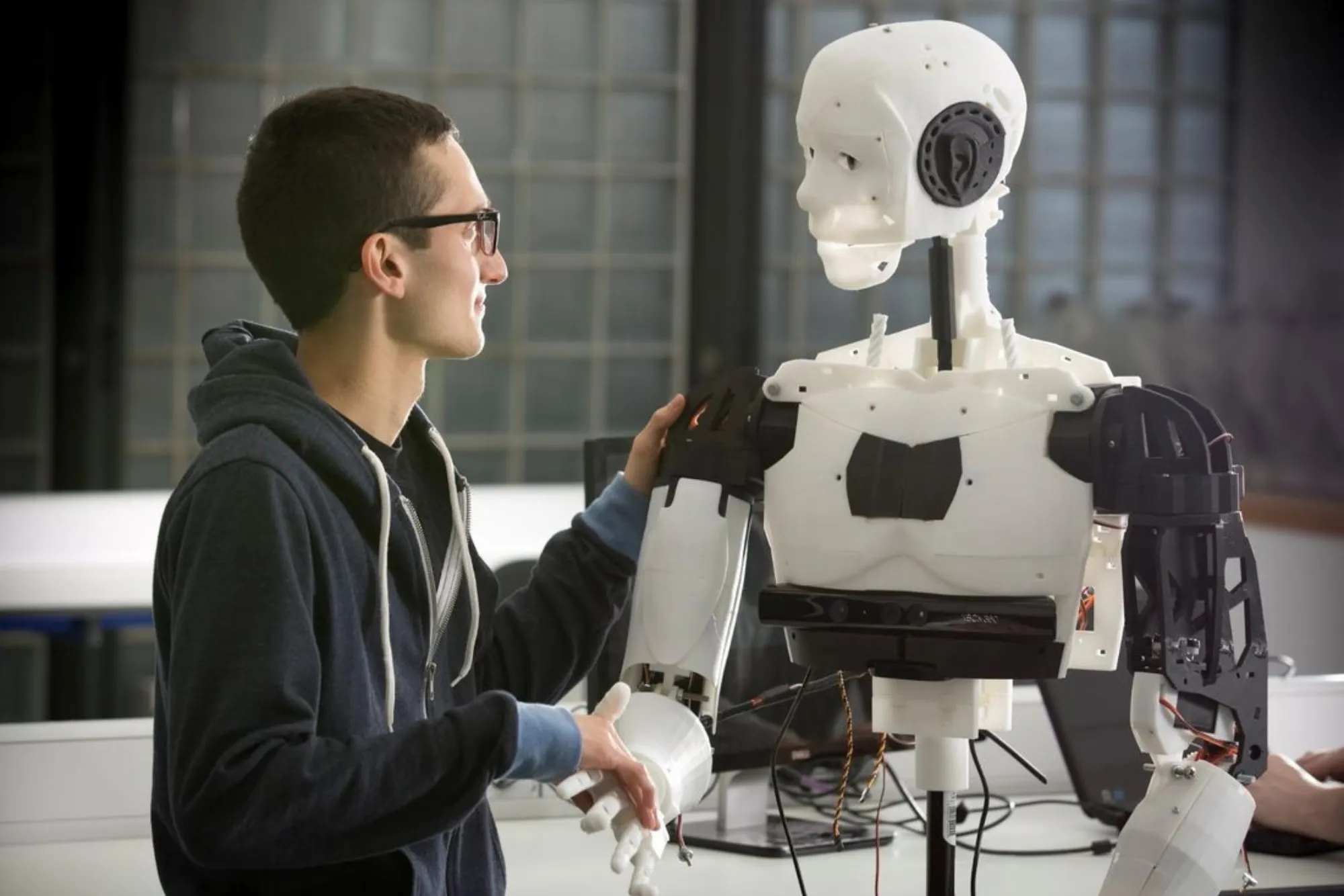
The distinctive features of Sorry Robots NLV include advanced AI capabilities, sophisticated sensors, and machine learning algorithms. These features enable them to interact with humans more intuitively, perform tasks with high precision, and learn from their experiences. Let’s delve into the key characteristics:
Natural Language Processing (NLP)
One of the most remarkable features of Sorry Robots NLV is their ability to process and understand human language. Through natural language processing, they can engage in conversations, respond to commands, and even understand contextual nuances, making them highly interactive.
Autonomous Learning and Decision Making
Sorry Robots NLV are not just programmed to follow pre-defined rules; they have the capacity to learn from their environment. With machine learning algorithms, these robots continuously adapt to new tasks and situations, making them versatile in various applications.
Empathy Simulation
The inclusion of the term “sorry” suggests these robots are designed to simulate empathy. Whether by apologizing for mistakes or showing a sense of understanding in human-robot interaction, this feature sets them apart from traditional robots.
Human-like Interaction
By leveraging NLV technologies, Sorry Robots can engage in human-like interactions with people. This is particularly useful in customer service, healthcare, and education, where robots need to respond to emotional cues or provide feedback.
Sensory and Vision Systems
Equipped with advanced sensors and vision systems, these robots can perceive their surroundings, recognize objects, and navigate autonomously. The integration of depth-sensing cameras and LIDAR technology enhances their spatial awareness.
Applications of Sorry Robots NLV
Sorry Robots NLV can be applied across various industries due to their unique combination of AI, machine learning, and natural language processing. Below are some of the key sectors where they are making an impact:
Customer Service
In retail and hospitality industries, Sorry Robots NLV can serve as customer service representatives. With their ability to process and understand natural language, they can interact with customers, answer questions, and resolve queries effectively.
Healthcare
Sorry Robots NLV are also finding a place in healthcare, where they assist in patient care by offering emotional support, providing information, or helping with minor tasks. Their empathy simulation makes them ideal for interacting with patients in a comforting manner.
Education
In classrooms, Sorry Robots NLV can be used as teaching assistants or tutors. They can engage with students, respond to their questions, and provide feedback based on the lesson material. Their ability to learn from interactions also helps them become more effective over time.
Manufacturing and Automation
In industrial settings, these robots can handle complex tasks, such as assembling parts, maintaining machinery, or overseeing production processes. Their advanced sensors allow them to operate safely alongside human workers.
Entertainment and Social Interaction
Sorry Robots NLV can also be used for entertainment purposes. Whether it’s acting as companions or providing interactive experiences in theme parks, their ability to engage in conversation makes them appealing in social contexts.
The Technology Behind Sorry Robots NLV
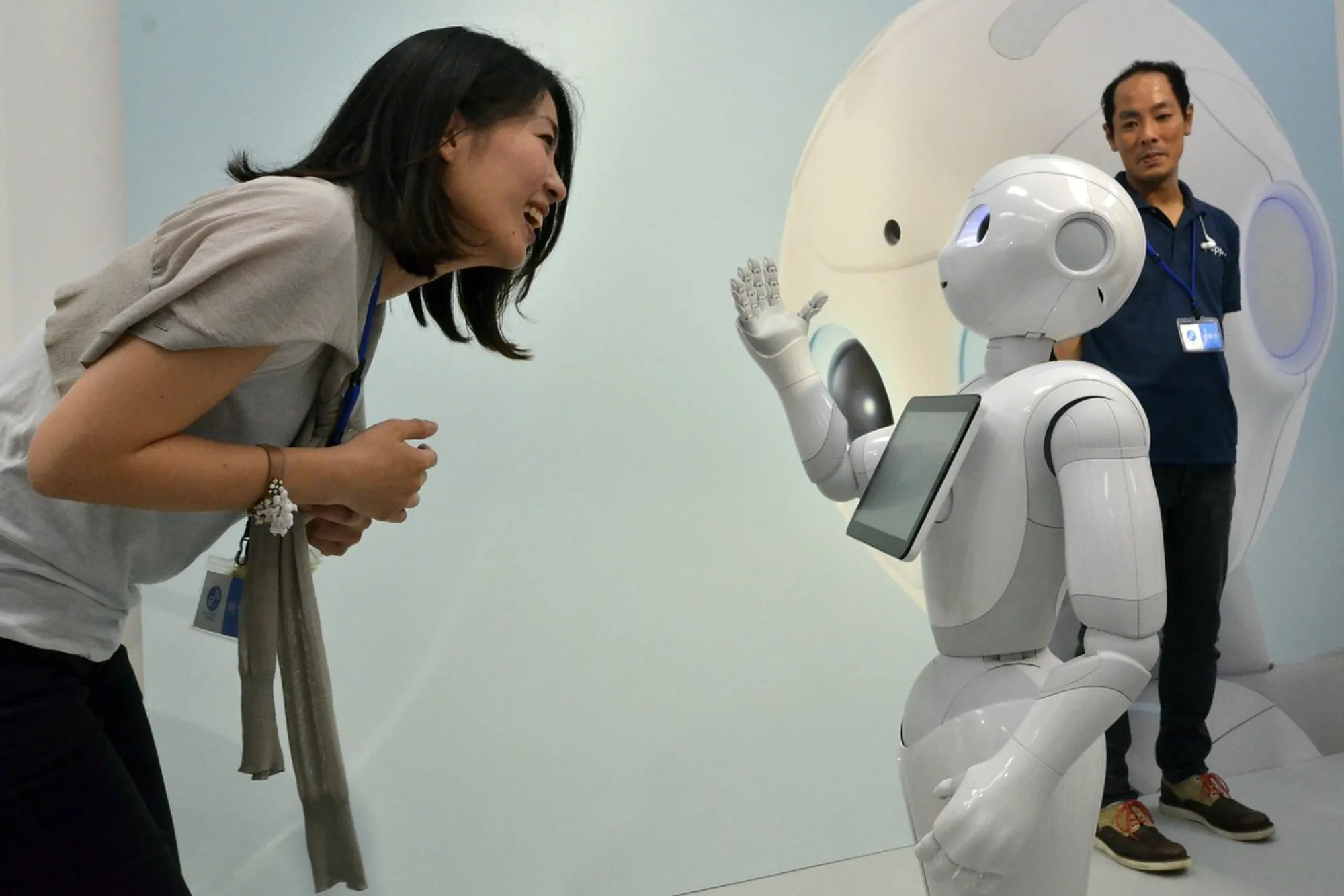
The core technologies powering Sorry Robots NLV include AI, machine learning, and natural language processing. Here’s a closer look at how these technologies work together:
Artificial Intelligence (AI)
AI is the backbone of Sorry Robots NLV. By using AI algorithms, these robots can make decisions, learn from their environment, and improve their performance without human intervention.
Machine Learning (ML)
ML enables these robots to learn from data and experiences. The more tasks they perform, the more proficient they become. This self-learning capability is essential for adapting to new environments and challenges.
Natural Language Processing (NLP)
NLP allows Sorry Robots NLV to understand human language, process it, and generate appropriate responses. Whether in text or speech, the robots can engage in meaningful conversations with humans.
Sensory Integration
Sensors play a crucial role in Sorry Robots NLV’s functionality. From cameras to tactile sensors, these robots use sensory data to navigate, recognize objects, and interact with their surroundings.
Benefits and Challenges of Sorry Robots NLV
While Sorry Robots NLV offer several advantages, there are also challenges associated with their development and implementation. Let’s explore both sides:
Benefits:
- Enhanced User Interaction: With their ability to simulate empathy and respond to emotional cues, these robots can improve user satisfaction in customer service, healthcare, and education.
- Autonomous Learning: Their machine learning capabilities allow them to learn from interactions and tasks, making them adaptable to various environments.
- Efficiency: In industrial settings, Sorry Robots NLV can boost efficiency by automating repetitive tasks, freeing up human workers for more complex work.
Challenges
- Cost of Implementation: Developing and implementing Sorry Robots NLV can be expensive, especially for small businesses or institutions.
- Ethical Concerns: The simulation of human-like empathy raises ethical questions about the appropriate use of such robots in sensitive areas like healthcare or childcare.
- Technical Limitations: Despite advancements in AI and ML, robots are still limited in their ability to fully replicate human emotions or perform certain tasks requiring creativity.
Table: Comparison of Sorry Robots NLV Features
| Feature | Description |
|---|---|
| Natural Language Processing (NLP) | Ability to understand and generate human-like speech and text. |
| Machine Learning | Self-learning capabilities to adapt and improve over time. |
| Empathy Simulation | Human-like responses, including apologizing for mistakes. |
| Sensory Systems | Advanced vision and tactile sensors for spatial awareness. |
| Autonomous Operation | Capable of performing tasks without human intervention. |
FAQs about Sorry Robots NLV
What makes Sorry Robots NLV unique?
Sorry Robots NLV are distinguished by their ability to simulate empathy, understand natural language, and autonomously learn from their environment, making them highly interactive and adaptable.
In which industries are Sorry Robots NLV used?
They are used in various sectors, including customer service, healthcare, education, manufacturing, and entertainment.
Can Sorry Robots NLV replace human workers?
While Sorry Robots NLV can automate certain tasks, they are not designed to replace humans entirely but to complement human efforts, especially in repetitive or hazardous jobs.
What are the challenges in using Sorry Robots NLV?
The main challenges include high implementation costs, ethical concerns around empathy simulation, and technical limitations in fully replicating human emotions.
Sorry Robots NLV represent a fascinating leap forward in robotics technology, blending natural language processing, machine learning, and empathy simulation to create highly interactive machines. Their potential applications across industries are vast, offering new possibilities in customer service, healthcare, education, and more. However, their development and use come with challenges that require careful consideration, particularly regarding cost, ethics, and technological limits.

